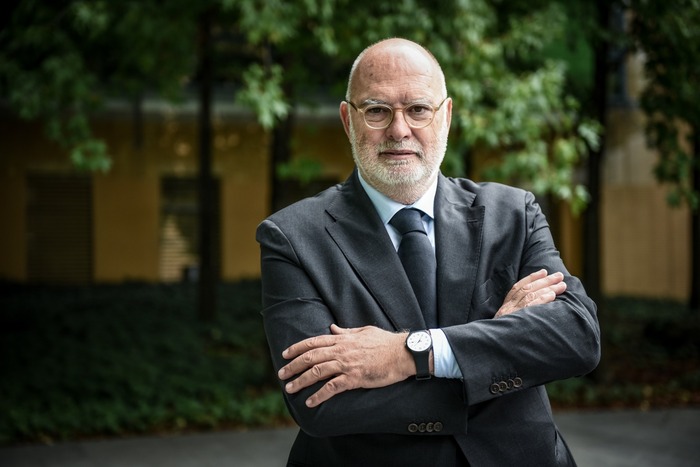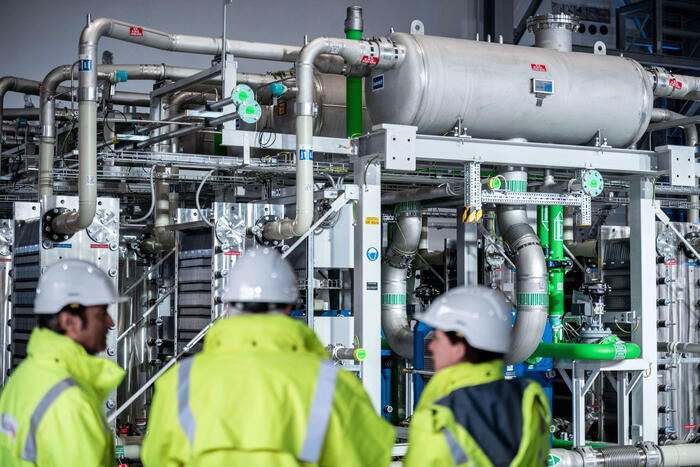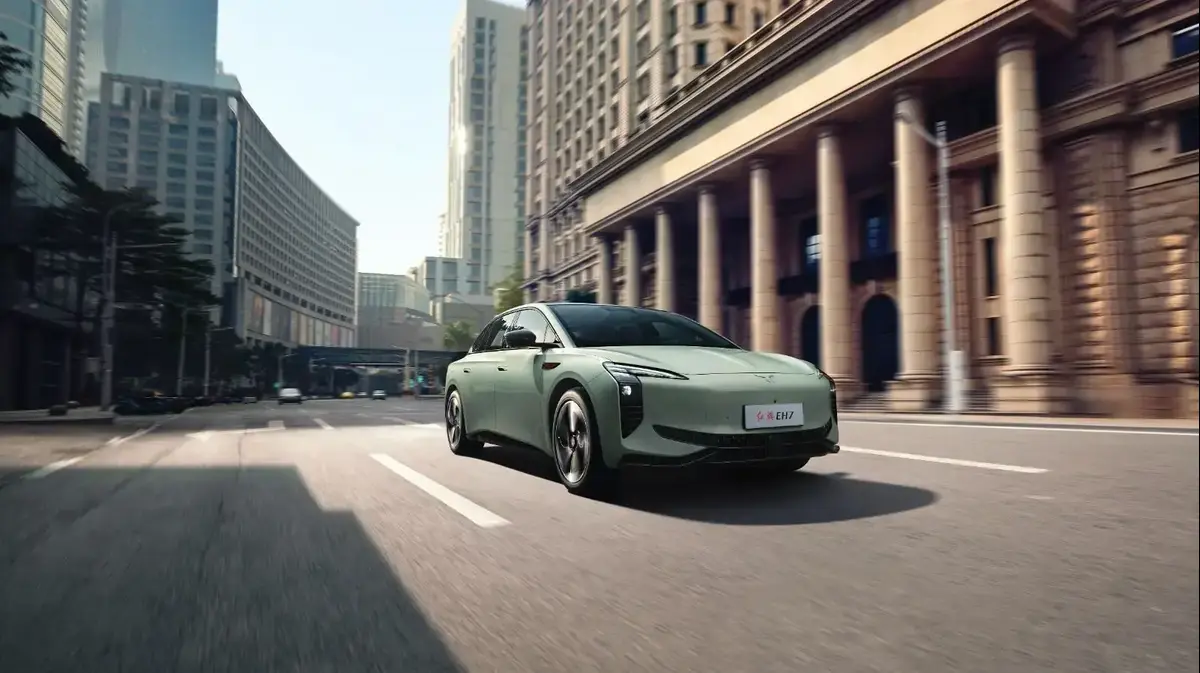Dear readers,
Molecular hydrogen is not just an odorless gas, it is a promise.
A promise that the energy transition is feasible, but that many things can stay as they are.
Drivers hunt through Germany with their combustion engines without any fear of range or annoying battery charging stops, steelworks and other energy-intensive industries stay in Germany to sell their products all over the world from here, and every summer the holiday plane takes off to Mallorca - just that climate-neutral, clean and with the latest technology.
There is hardly a politician or CEO who is talking about climate protection these days without a reference to the magical effect of green hydrogen.
You can call hydrogen green if it is generated with renewable energy.
This takes place in an electrolyser that electrifies water (H₂O) so that hydrogen (H₂) and oxygen (O) separate from each other.
Depending on requirements, the hydrogen can then be processed into synthetic natural gas, gasoline, diesel or kerosene.
“Power to X” is the name of this concept.
Icon: mirror
What is particularly charming about the approach is that technologies and infrastructure from the fossil fuel age can simply continue to be used.
There would be a future not only for the internal combustion engine, some of the gas network would also be preserved.
At the end of January it was announced that the site of the recently decommissioned Hamburg-Moorburg coal-fired power station would in future be producing green hydrogen on a large scale.
Hamburg's Senator for the Environment, Jens Kerstan, announced that the gas pipeline network in the port around Moorburg would be expanded for hydrogen.
Senator for Economic Affairs Michael Westhagemann said that with Hamburg as the starting point, they wanted to build a hydrogen economy in northern Germany.
So is green hydrogen the magic ingredient for a smooth transformation into a climate-neutral future?
In any case, the federal government is making this dream cost a lot and is providing money from several funding pots.
An economic stimulus package from June 2020 provides seven billion euros for the development of a national hydrogen market, plus two billion euros for the development of international cooperation in the area.
But there is a crucial catch: The conversion of green electricity into hydrogen is not particularly efficient, around four fifths of the energy is lost.
On the one hand, this means that hydrogen is far from being competitive.
One kilogram generated from wind or solar power is four to five times more expensive than so-called gray hydrogen, which is made from natural gas and is not climate-neutral.
Above all, however, significantly more green electricity is needed if we use green hydrogen on a large scale.
Hydrogen is the "champagne of the energy transition"
If the steel industry wanted to cover its energy needs from renewable sources, this industry alone could also need at least 130 terawatt hours of electricity annually.
For comparison: All wind turbines on land and at sea in Germany generated around 127 terawatt hours in 2019.
The German expansion targets for renewable energies are already insufficient to achieve the target of 65 percent green electricity in the supply by 2030, as set out in the coalition agreement.
In addition, new distance rules for wind turbines on land make it more difficult to expand more quickly.
"Anyone who dreams of hydrogen must invest in renewable energies and expand them much faster than before," said economic expert Claudia Kemfert from the German Institute for Economic Research (DIW) to the editorial network in Germany.
It would be much more efficient to use the green electricity generated directly.
And the debate about unpopular wind turbines on the doorstep does not vanish into thin air with reference to hydrogen.
“This additional effort - converting one form of energy into another in order to then use it - will only be undertaken if there is no other way,” says Kemfert.
In traffic in particular, there is a good solution with electric motors with which electricity from renewable energies can be used directly without conversion; heat pumps can be used for heating.
Using hydrogen in these areas would be inefficient.
It makes more sense to only use the expensive green gas in limited quantities where electrification with green electricity is not possible.
Rainer Baake, Director of the Climate Neutrality Foundation, translated it as follows: "Hydrogen is the very expensive champagne of the energy transition" - but you don't drink it at every opportunity, only on special occasions.
It would be too expensive as a thirst quencher.
If you like, I will inform you once a week about the most important things about the climate crisis - stories, research results and the latest developments on the biggest topic of our time. You
can
subscribe to the newsletter here
.
Reversible electrolysis container from Sunfire
Photo: sunfire
The topics of the week
Pödelwitz in Saxony: village saved, but almost all residents gone - what now?
The last residents of Pödelwitz in Saxony successfully fought against the open pit.
But most of the houses are empty.
Jens Hausner, spokesman for the citizens' initiative, thinks this is a good starting point.
GM stops combustion engine: Ms. Barra gets out
The announcement by GM boss Mary Barra is like a revolution: The US car company will only sell emission-free cars from 2035. The project may destroy the last rescue plan for the combustion engine - also in Europe.
28 percent by 2030: The share of renewable energies in transport should increase significantly
The transport
sector
is considered to be crucial for climate protection.
The federal government now wants to significantly increase the share of renewable energies in transport - and is nevertheless receiving criticism from environmentalists.
“Building material dictation”: How the concrete lobby fights against wooden houses
Every twelve seconds enough trees grow back in Germany for a new house.
The ecological building material is becoming increasingly popular - to the annoyance of the competition.
Bad climate balance: researchers warn against investing in natural
gas
Natural
gas is often referred to as a climate-friendly energy source.
But environmentalists and scientists warn: The expansion of the natural gas infrastructure in Germany is delaying the energy transition.
Green Deal: EU Commission wants to enforce more environmentally friendly flight routes
In order to achieve the goals of the Green Deal, flights within the EU are to become more sustainable in the future.
In the second half of the year, the EU Commission wants to present specific plans.
Turning away from the fossil fuel business: Siemens Energy wants to cut 7,800 jobs
Siemens Energy is back in the black.
Nevertheless, the company wants to cut thousands of jobs - many of them in Germany.
Warmed up
In China, carbon dioxide emissions continue to rise, because a large part of the electricity is still generated from coal.
The country wants to be CO₂-neutral by 2060.
Emissions trading should now help
(»Tagesschau«)
Methane emissions are not only a problem in gas production: Apparently, more of the
greenhouse
gas escapes from coal mines than previously thought
(»Phys.org«)
The "New York Times" shows in an interesting interactive graphic which country is confronted with which climate risks
("New York Times")
According to a new study, the global sea level rise is higher than expected even in the most pessimistic assumptions
(»Bloomberg«)
Published
Are aerosols climate savers?
Aerosol particles are not only playing an important role in the current pandemic, but also in climate change.
If they get into the air in large quantities, water can adhere to them, which leads to increased cloud formation.
Due to their bright upper side, these reflect sunlight and thus ensure that the earth does not heat up as much.
This has been observed in the past, for example, as a result of large volcanic eruptions.
But there are still many unanswered questions about this important climate effect.
In particular, how much targeted aerosol particles could help to slow down global warming.
For this reason, scientists working with atmospheric physicist Franziska Glassmeier have used satellite measurements to evaluate how big the effect is on so-called ship contrails.
It turned out that the cooling effect of these artificially created clouds has been clearly overestimated so far.
However, the researchers also point out that the ship's contrails are not a suitable basis for large-scale modeling.
"
Aerosol-cloud-climate cooling overestimated by ship-track data"
Glassmeier et al., 2021 Science
Stay confident
Your Kurt Stukenberg














